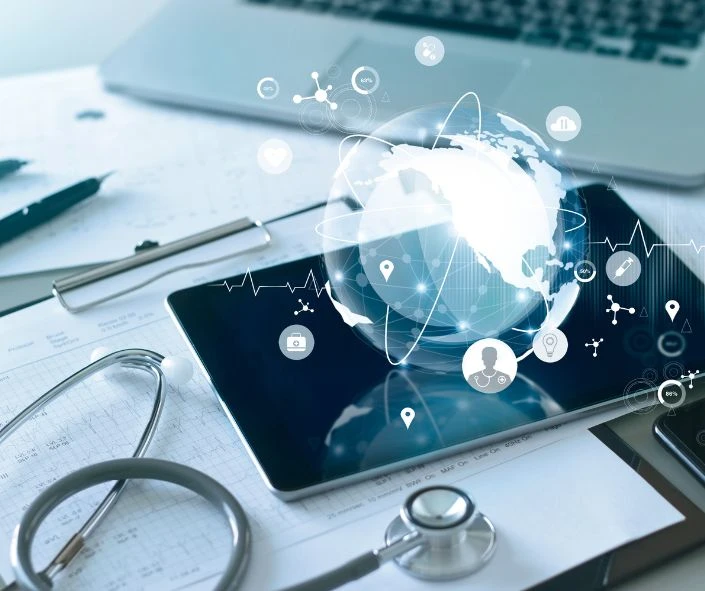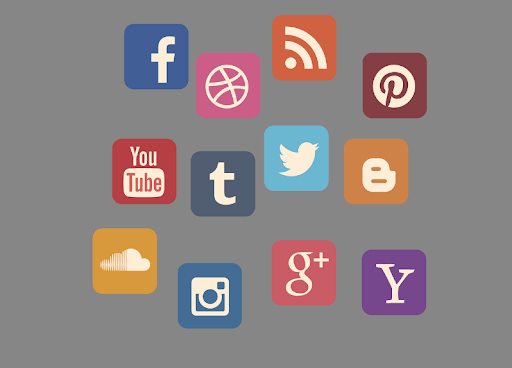The healthcare industry needs cybersecurity to protect sensitive patient data from cyberattacks. This is especially true for smaller practices that can easily fall victim to hackers who want access to patients’ personal information. Healthcare organizations also rely on numerous connected medical devices to operate. These devices present a major threat to cybersecurity since they allow attackers to gain entry into the healthcare system and potentially steal or alter data.
Educating Your Employees
Technology is critical in every business sector today. Still, healthcare companies must take the necessary steps to protect their networks and data from cyberattacks. This industry faces unique challenges often different from those other businesses, including a high volume of sensitive patient information and an extensive network of connected medical devices.
The use of IT in healthcare has increased productivity and quality of care, but the proliferation of connected medical devices also creates more entry points for hackers to exploit. These devices can be used to access hospital networks and gain access to patient records, resulting in several harmful consequences for patients and hospitals.
In addition, many healthcare employees need more security training and awareness to recognize and mitigate online threats. This is due to budget and time constraints, but the healthcare industry must identify this gap and invest in solutions that can help educate staff on best practices.
This will not only reduce the risk of a cyberattack, but it can also help minimize the impact of any attacks. This will require that healthcare professionals and their IT teams understand the importance of cybersecurity and consider incorporating it into their current enterprise, business, and risk management structures.
Investing in the Right Solution
As the threat landscape becomes increasingly complex and sophisticated, cybersecurity in healthcare has to become a priority for medical staff. Despite their busy schedules, they should take the time to learn more about online threats and how they can prevent them from impacting patient care.
While making staff aware of the risks is important, they must also have an easy and intuitive solution. A system that can be managed from a single interface will be ideal, as it will allow them to keep up with the ever-changing threats without taking away from their day-to-day workflow.
The right solution will also help them to understand the importance of securing personal information, such as names, addresses and dates of birth. This is a must for all health facilities, regardless of size, as these details are often used to access more sensitive data, such as health records or insurance information.
Finally, any healthcare organization that wants to improve its cybersecurity should conduct a full risk analysis of all its systems. This will help them to determine which ones need the most protection and what processes need to be implemented to provide that protection. They can then look at solutions offering single sign-on and Multi-Factor Authentication (MFA) to ensure the right people have access to the most sensitive information.
Creating a Culture of Security
Cyberattacks in healthcare can have devastating consequences. Beyond losing patient records, lifesaving medical devices can also be hacked. For example, in 2019, Campbell County Health in Gillette, Wyoming, was hit with ransomware, which locked up the hospital’s data and prevented staff members from accessing patient files and treating patients. The system was forced to cancel services like endocrinology, radiography, and respiratory therapy and send patients to Denver and South Dakota clinics.
With the high stakes, healthcare organizations must allocate a budget for cybersecurity and keep up with new threats as they emerge. The C-suite needs to view cybersecurity as an enterprise risk, governance and business continuity priority and integrate it into the hospital’s existing enterprise, IT and strategic management frameworks.
Healthcare staff work long hours to tight deadlines, so online security solutions must be quick and easy to use. Ideally, these tools should be compatible with existing software and align with the workflow. For instance, solutions like MFA are popular because they use a secure one-time code to log in to systems, providing peace of mind that sensitive data isn’t accessible to others. Healthcare organizations can prevent costly and debilitating attacks by implementing these key elements. By doing so, they can continue improving patient care quality while protecting their bottom line.
Conducting a Full Risk Analysis
Whether they’re losing data to ransomware or dealing with the aftermath of a cyberattack that shuts down vital equipment, hospitals can only afford to take a chance regarding cybersecurity. A successful attack will not only put patient privacy at risk. Still, it could also cost healthcare organizations millions in fines for violating GDPR and paying to retrieve data held hostage by hackers.
In addition, hospitals and healthcare systems have unique security challenges that only some other businesses experience. These include connected medical devices (IoMT), personal mobile devices that access healthcare networks, and rapidly rolled-out but poorly secured IT infrastructure.
Hackers seek easy targets, and healthcare organizations are ripe for an attack. Even if medical devices don’t contain patient data, they can still serve as back-doors into the organization’s network and give hackers access to other devices and services, like radiology machines and endocrinology equipment.
The fast-paced nature of a healthcare facility means staff needs to be able to access confidential information from different locations and on various devices. That’s why a Frictionless solution like Single Sign-On (SSO) and Risk-Based Authentication (RBA) is important to keep healthcare staff working smoothly while remaining protected against online threats. These solutions enable healthcare organizations to protect against the most advanced cyberattacks without disrupting workflows.




